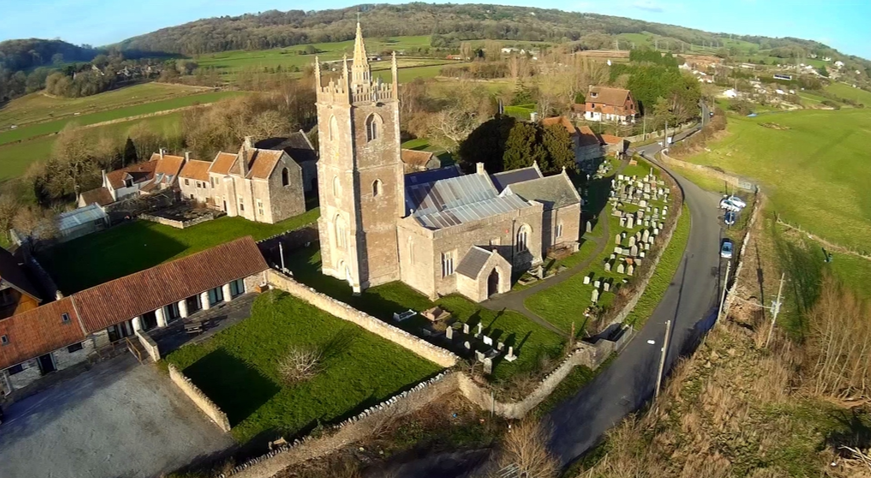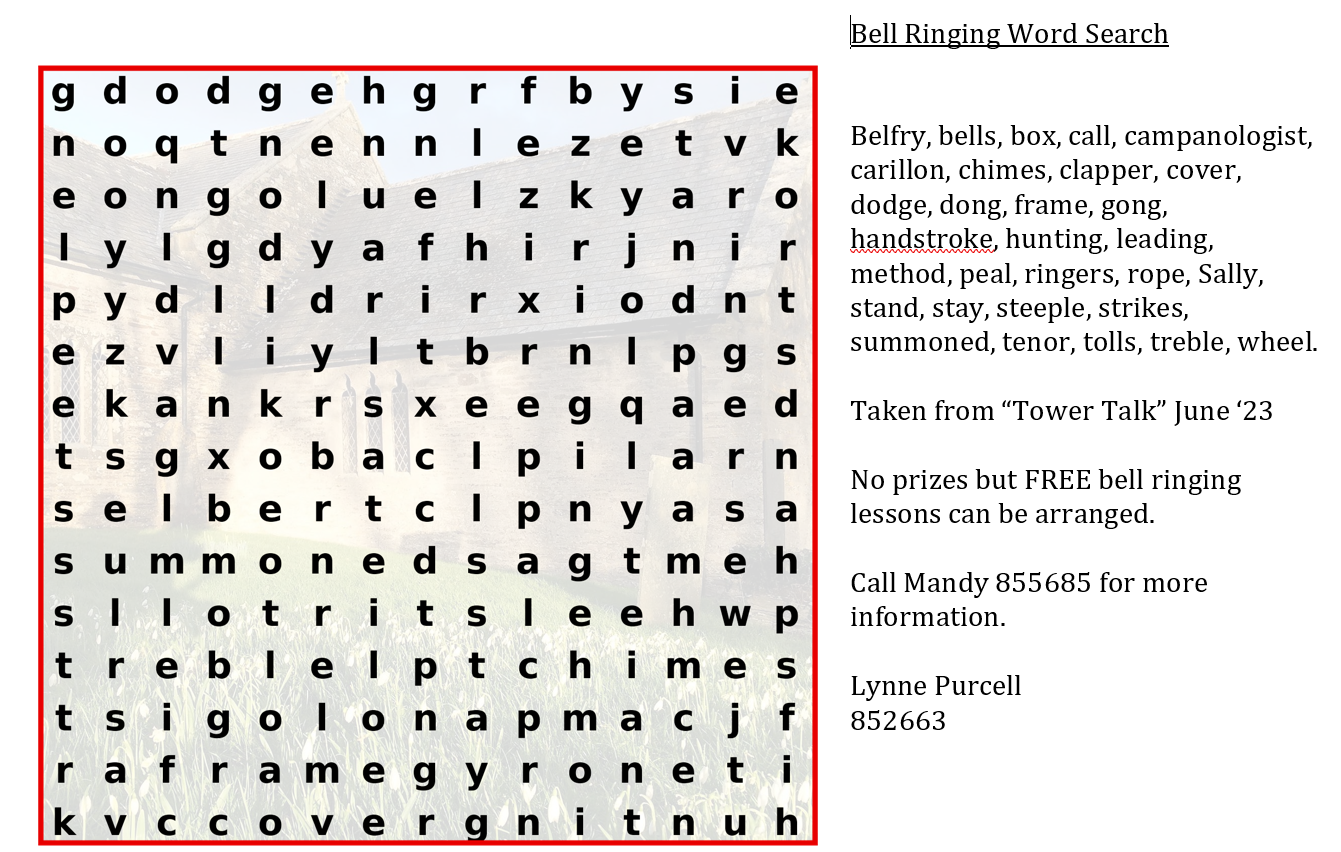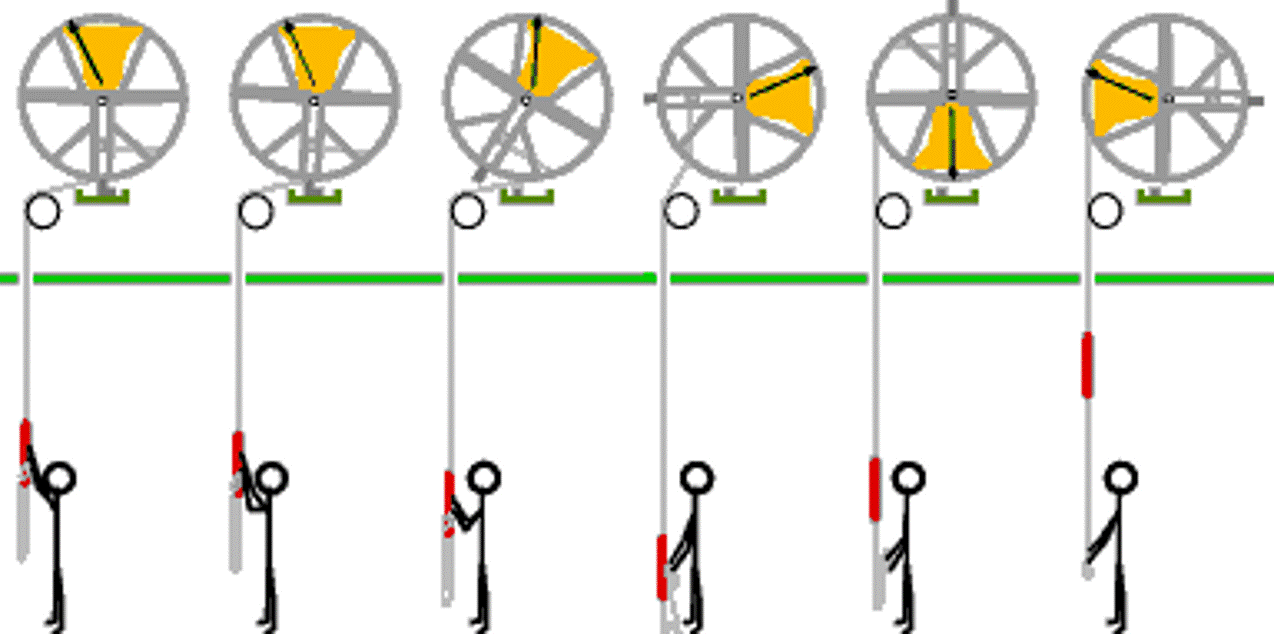If you are interested in learning how to ring the bells in Tickenham Church, please contact Lynn Purcell on 07887 871535
Our practice evenings are on Wednesdays between 8pm and 9pm in Tickenham Church

______________________________________________________________________________________________________________
Bellringing
Practice is on most Wednesday evenings 8-9pm. If you would like to come along and see what it’s all about then you are more than welcome. Call me on a Wednesday teatime just to double check that we are meeting.
February branch practice for members will be at East Harptree on Saturday 17th at 3pm.
Lynne Purcell
852663

___________________________________________________________________________________________________________
“Bellringing is a team activity that stimulates the brain and helps keep you fit…it also makes a glorious sound! Many consider ringing to be their contribution to church life, others do it for the pure pleasure it brings” ccbr.org.uk
Ultimately, it is a great pleasure to ring with competence but supremely frustrating whilst in the learning process.
Call Mandy 855685 for more information.
Did you hear us Ring for the King? We took great delight in our small contribution to this historic occasion.
Lynne Purcell 852663

~~~~~~~~~~~~~~~~~~~~~~~~~~~~~~~~~~~~~~~~~~~~~~~~~~~~~~~~~~~~~~~~~
🔔 MEET ST DUNSTAN 🔔
“A thousand years ago, a man was so well-regarded by his contemporaries in early medieval England that he became an important minister of state to several English kings: was appointed, successively, Abbot of Glastonbury, Bishop of Worcester, Bishop of London, and Archbishop of Canterbury; and was later canonized a saint. His name was Dunstan. Today, he is the patron saint of bell ringers.
Dunstan took a keen interest in the physical trappings of the church. A noted musician, who not only played the harp but also composed several hymns, Dunstan recognized the power of music to call people to worship. Together with his know-how in metalworking, he experimented with the design and forging of church bells.
Beloved for centuries, Saint Dunstan (formally canonized in 1029 CE) became patron saint of bell ringers. His other patronages include blacksmiths, goldsmiths, locksmiths, musicians, and silversmiths. He is buried at Canterbury Cathedral and is celebrated with a Feast Day on May 19 of each year.”
Copied from www.bells.org
Lynne Purcell 852663

Today, 6 May 2023, at 10.30am, the bells of Tickenham Church will ring out for approximately 30 minutes in celebration of the coronation of King Charles III as they did on 2 June 1953 to celebrate the coronation of Queen Elizabeth II.
~~~~~~~~~~~~~~~~~~~~~~~~~~~~~~~~~~~~~~~~~~~~~~~~~~~~~~~~~~~~~~~~~
🔔Come and Join Us!🔔
Did you know you can ring from around the age of 10? Youngsters usually progress at a much faster rate than those of us who waited ‘til our mid 50s to begin! (much to our chagrin). It is certainly a skill I wish I’d had the courage to try many years ago.
Some of you might be thinking:
“I’d love to ring the bells but I’m scared it will fall on me.”
“I’ll get caught in the ropes and go flying high.”
“I’m not religious and don’t go to church.”
“I’m not strong enough.”
“I’m not musical.”
“I’m too old.”
These are unreasonable thoughts.
Be brave and have a go. You won’t know, until you try, how determined you will be to “master the ropes”.
Call Mandy (855685) if you dare!
Our two new ringers are progressing and preparing to Ring for the King on 6th May.
Lynne Purcell
___________________________________________________________________________________________________________
THE BELLS ARE RINGING OUT FOR MAR-MAL-ADE!
The Dalemain Marmalade Festival takes place in Cumbria in April. What’s that go to do with bell ringing?
Well, in recognition of a team of bell ringers ringing a quarter (peel) peal (approximately 45 mins ringing) called Marmalade Delight, there is a category in the competition specifically for bell ringers to enter.
What is a peal?
A peal is the ‘gold standard’ performance during which the bells are rung continuously
in over 5000 different sequences,without visual aids, typically taking 3 hours.
As a band in Tickenham, this won’t be happening anytime soon. However, occasionally we
have had a visiting team ringing a peal.
an article by Lynne Purcell (March 2023)
______________________________________________________________________________________________________________
A LITTLE BIT ABOUT THE ANCIENT ART OF BELLRINGING
- Tickenham Church is endowed with a fine bell tower and a set of 6 bells.
- In addition, it has a dedicated band of bell ringers, most of them fairly new to the art of bell ringing, who want to improve their change ringing skills and the number of ringers
- Change ringing is the art of ringing a set of tuned bells in a tightly controlled manner to produce precise variations in their successive striking sequences, known as “changes”. This can be by method ringing in which the ringers commit to memory the rules for generating each change, or by call changes, where the ringers are instructed how to generate each change by instructions from a conductor.
- The bells are rotated through 3600 each time they chime.
___________________________________________________________________________________________________________

______________________________________________________________________________________________________________
CHANGE RINGING IS VERY “ENGLISH”
- Change ringing emerged in England in the 17th century.
- It is often referred to as “ringing in the English style” and with considerable justification:
- In 2018, there were over 7,141 English style ringing towers across the world
- Netherlands, Belgium, Pakistan, India, and Spain have one each.
- The Windward Isles and the Isle of Man have 2 each.
- Canada and New Zealand have 8 each
- The Channel Isles 11.
- Africa as a continent has 13.
- Scotland 23, Ireland 38, USA 48, Australia 61 and Wales 227
- The remaining 6,191 towers (94%) are in England
- One other thing – it isn’t as easy as we sometimes make it look
______________________________________________________________________________________________________________
A LITTLE INFORMATION ABOUT OUR SIX BELLS
- Bells 1, 2 and 5 are youngest but still 139 years old (1882)
- Bells 6/4 are 268/269 years old (1753/1752) – George II on the throne, and Britain still had colonies in America
- Our oldest bell (number 3) is 389 years old (1632) and listed. It was cast during the reign of Charles I pre-dating the English Civil War.
- Bells 1 to 4 weigh around ¼ton each, with bells 5 and 6 weighing approximately ½ton and ¾ton respectively.
- The bell frame (the large oak beams that holds the bells up and allows them to rotate through 360°) dates to c.1724, with additions in 1882.
- The bells are made of bell metal. It is a form of bronze with a higher tin content, usually in approximately a 4:1 ratio of copper to tin. The higher tin content increases the rigidity of the metal, and increases the resonance. Cymbals are made of bell metal.
